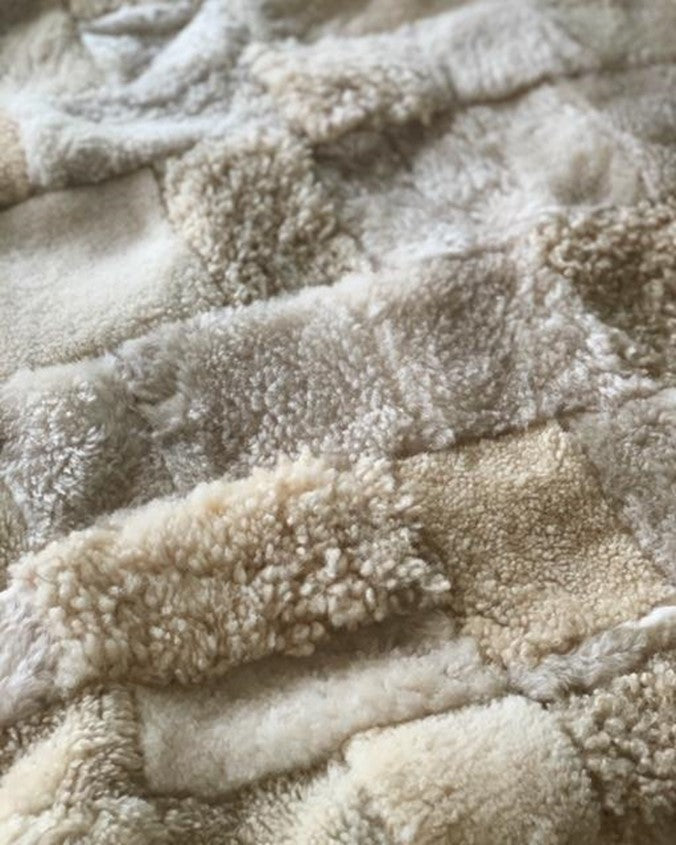Recycle, Reuse and Repurpose: Pojagi
An ancient artform Pojagi - an ancient form of Korean patchwork - is both decorative and functional. Although evidence suggests that it has been in use for up to two thousand years, the earliest surviving examples of this utilitarian yet exquisite art form date from the 12th Century. An integral part of the lives of every Korean irrespective of their economic class, Pojagi’s popularity remains today.
Repurposing and reusing Whatever their social rank or position, traditionally it was women who took old clothes or scraps of cloth left over from cutting out their traditional clothing and repurposed them into wrapping cloths. With nothing but remnants and offcuts, as well as a knack for improvisation, these women – forced to be frugal and prudent with what they had – turned their thriftiness into a highly creative activity. They ended up with something both highly practical and beautiful out of what would otherwise have been discarded.
Influence and style A utilitarian, working class art form Pojagi might have been, but its influence was still seen in the upper echelons of Korean society. Indeed, it was so admired that the Royal Court used it as a means of adornment and for ceremonial use. Each stratum of Korean life had a distinct style when it came to Pojagi and this was mainly obvious through colour. Silks in vivid reds, pinks and purples were commissioned specially for royalty and the material was often also hand painted with intricate patterns. The cloths of the common people were far more pared down and natural in colour. However exceptional the pieces of the Royal Court remain, it could well be the art of the working class, aligning necessity with creativity, that is perhaps most praiseworthy.

Textiles inspired by Pojagi AU Bespoke
Improvisation and artistry Colour then, had its station, but the method by which the scraps of cloth were stitched together was universal. Here the maker’s own artistic tastes and skills could come to the fore and society’s dictates did not have to be considered. Whether patterns were balanced or random, the creator of the cloth, whoever they were, had the autonomy to work expressively and individually in an improvisational manner. Hand stitched with contrasting thread, Pojagi cloths were seamed ‘flat felled’ meaning that any raw edge was enclosed and finished leaving no wrong side. To give someone a present wrapped in Pojagi showed great respect; each individual stitch was viewed as a prayer of goodwill towards the recipient. Aesthetically pleasing, Pojagi was nevertheless created to have many practical uses during everyday life; it covered, wrapped, stored and carried objects. Sometimes, it was even used to deliver marriage proposals and protect sacred writings. Even today, it is believed that the Korean parliament transports documents in this historic art form.

Textiles inspired by Pojagi
Interior styling: reusing, recycling and repurposing It is incredible how so much of our interior’s inspiration dates back thousands of years to ancient craftspeople from all over the globe. Innovative solutions are at our fingertips if we take the time to study history, both broadening our perspectives and establishing connections. To this end, inspired by the ancient Korean art form of Pojagi and marrying it with AU’s own ideals, where the thread of sustainability runs through every facet of our business, we have created blankets and floor cushions from the remnants of our upholstery, ensuring that absolutely nothing goes to waste and what is created, is completely practical and truly beautiful.

Cushions inspired by Pojagi AU Bespoke
To see AU’s collection of Pojagi inspired textiles, please click here.
Continue reading
